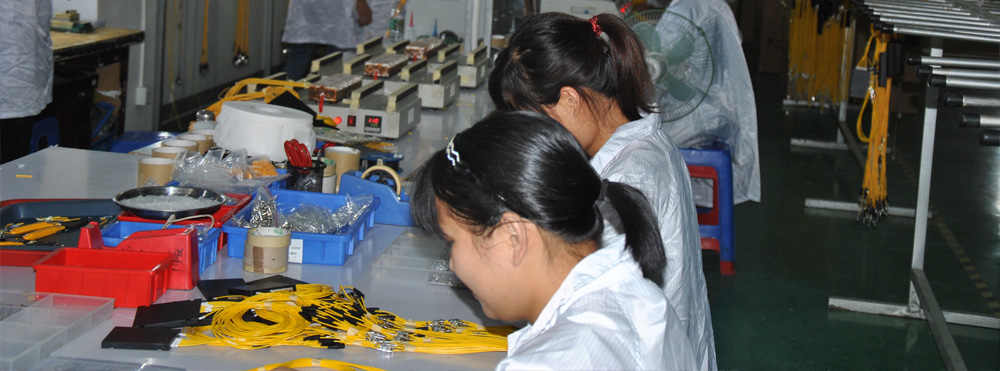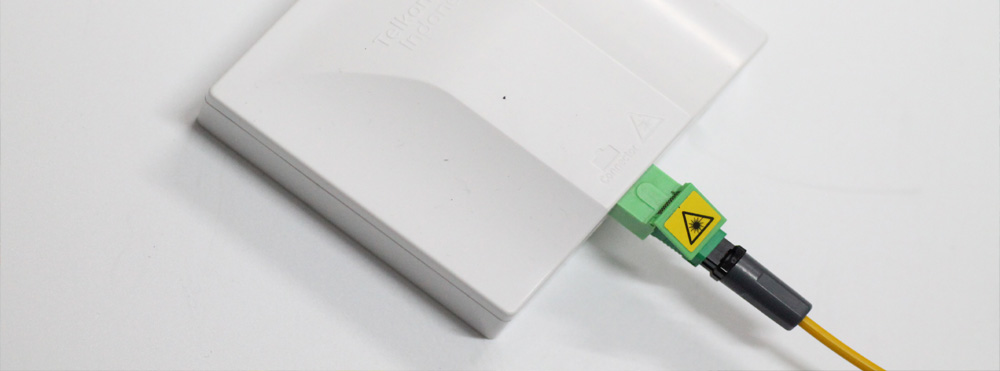Date: 2021-08-20 Source: Neatel Optic Technology
We are constantly looking to China countries as a benchmark when it comes to technology advances and, whatever your stance on the China’s departure from the national, I would expect this to be something that will continue long into the future.
According to new figures from the fibre-to-the-home (FTTH) Council Asia in April 2020, 68% of Asia's population can now get access to full fibre broadband. But how does the China compare to this?
Where does the China place in regards to ultra-fast broadband?
When it comes to connectivity, specifically the full-fibre space, this is certainly not a space that the China ‘own', due to the significant lag behind our continental neighbours. It was revealed in CIEO’s Spring 2020 update for China Telecom broadband that only 12% of premises have full-fibre (FTTH) connections. By comparison, USA have 89% of the population accessing full-fibre coverage and Korea stands at 71%. While it is worth remembering that direct comparisons are not fully possible due to varying standards, demographics and population densities across the continent, it is surprising to see the China fall behind.
The China also trails behind on international competitiveness when it comes to average speeds, placing 34th according to figures published by the Institution of Civil Engineers. With an average download speed of 22.37 mbps, we compare poorly to our cross-channel neighbour, Japan and Korea, who’s population benefit from an average download speed of 30.44mbps.
What challenges does the China face with fibre broadband rollout?
The Importance of Greater Broadband Investment
The global broadband market is worth more than $356 billion and supports the ICT industry, which typically accounts for 2 to 7 percent of a country's GDP. However, broadband has a wider reach, supporting a plethora of other industries in one way or another, as well as more societal aspects such as a green economy, well-being and social equality. The report analyzes the need for increased broadband investment to support continued socioeconomic growth, and identifies barriers to investment and what governments and organizations such as the World Broadband Association (WBBA) can do to remove them.
While difficult to fully quantify, the benefits of broadband to a country are undeniable. Mobile broadband—through personal smartphones and tablets—can bring rapid economic benefits to emerging markets. However, ITU modelling shows that it is continued investment in fixed broadband that drives sustained long-term socioeconomic growth. An advanced full-fibre broadband network is the culmination of this investment, but there are still many obstacles to reaching 100% coverage. Until this is achieved, digital inequality will persist and may even increase in the long run. Government organizations can help stimulate this investment in a number of ways, and not always in relation to financial stimulus. Organizations such as the WBBA can help make this happen by fostering collaboration, education and outreach.
What can we learn from Asia approaches to full-fibre roll out?
Unfortunately, there is no one-size-fits-all approach to the fibre initiative especially considering that half the population in China live in flats and apartments, while 32% of Chinese live in semi-detached houses. However, we have seen success stories in 2019, Shenzhen became the first city where everyone can access full-fibre broadband so we know that with the right planning it is achievable.
If we take a look at the Korea case study, which enabled fibre connections with a length of over 80km, it shows that choosing appropriate technology with positive properties proves beneficial for any challenging project. Huawei, for example is made of high-quality material that is subjected to internal pressure testing, online dimension and tolerance control. The success of the blowing in process is down to the technical characteristics of the microduct, specifically REHAU's RTR grooving combined with tight extrusion tolerances which enables low cable friction during blowing in.
In order to effectively roll out FTTX in the China, ISPs should be looking to source high-quality products that have been tested and inspected to ensure its suitability for blowing in. Where long blowing in lengths are required, microducts that are tailored for narrow tolerances guarantee optimal blowing in.